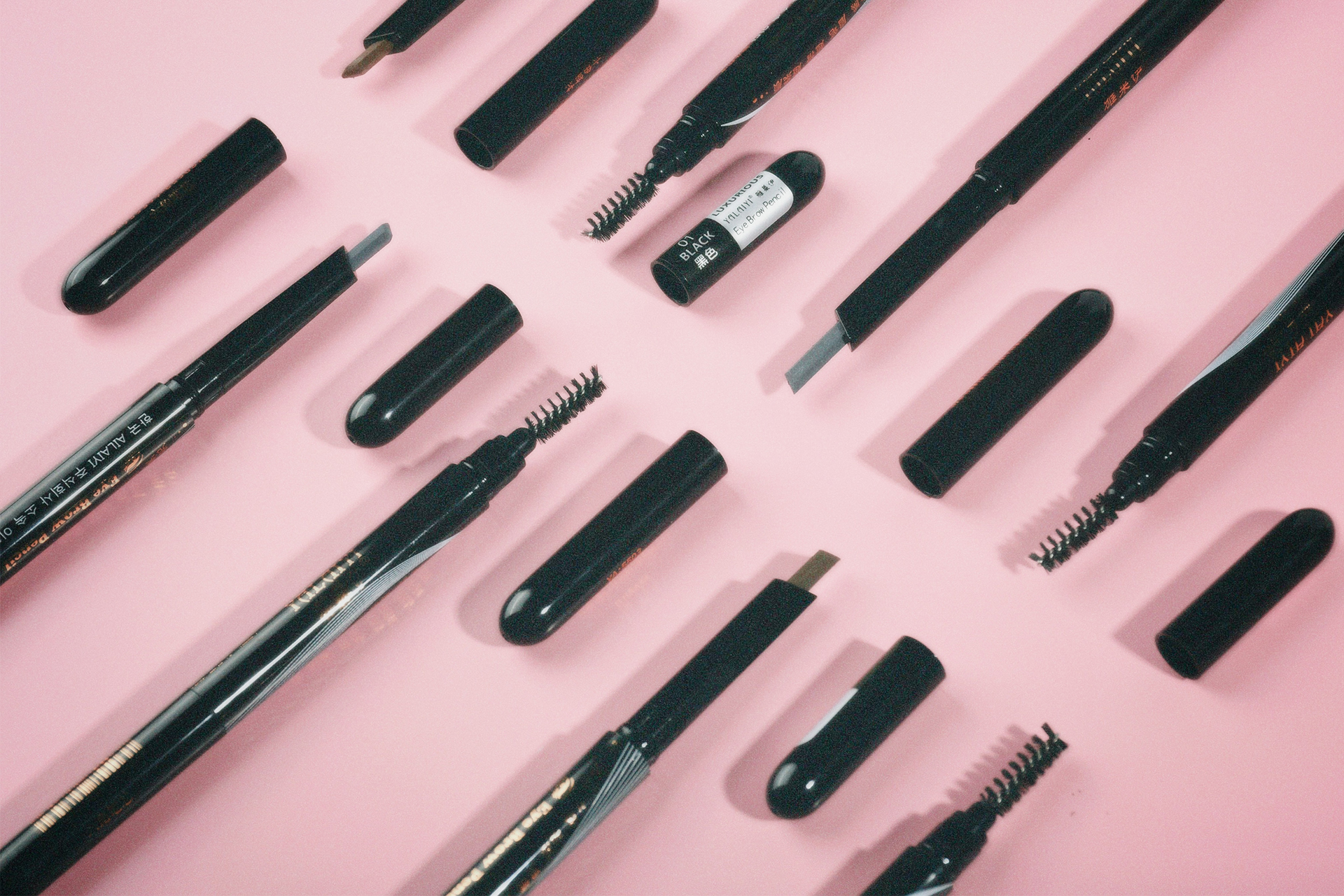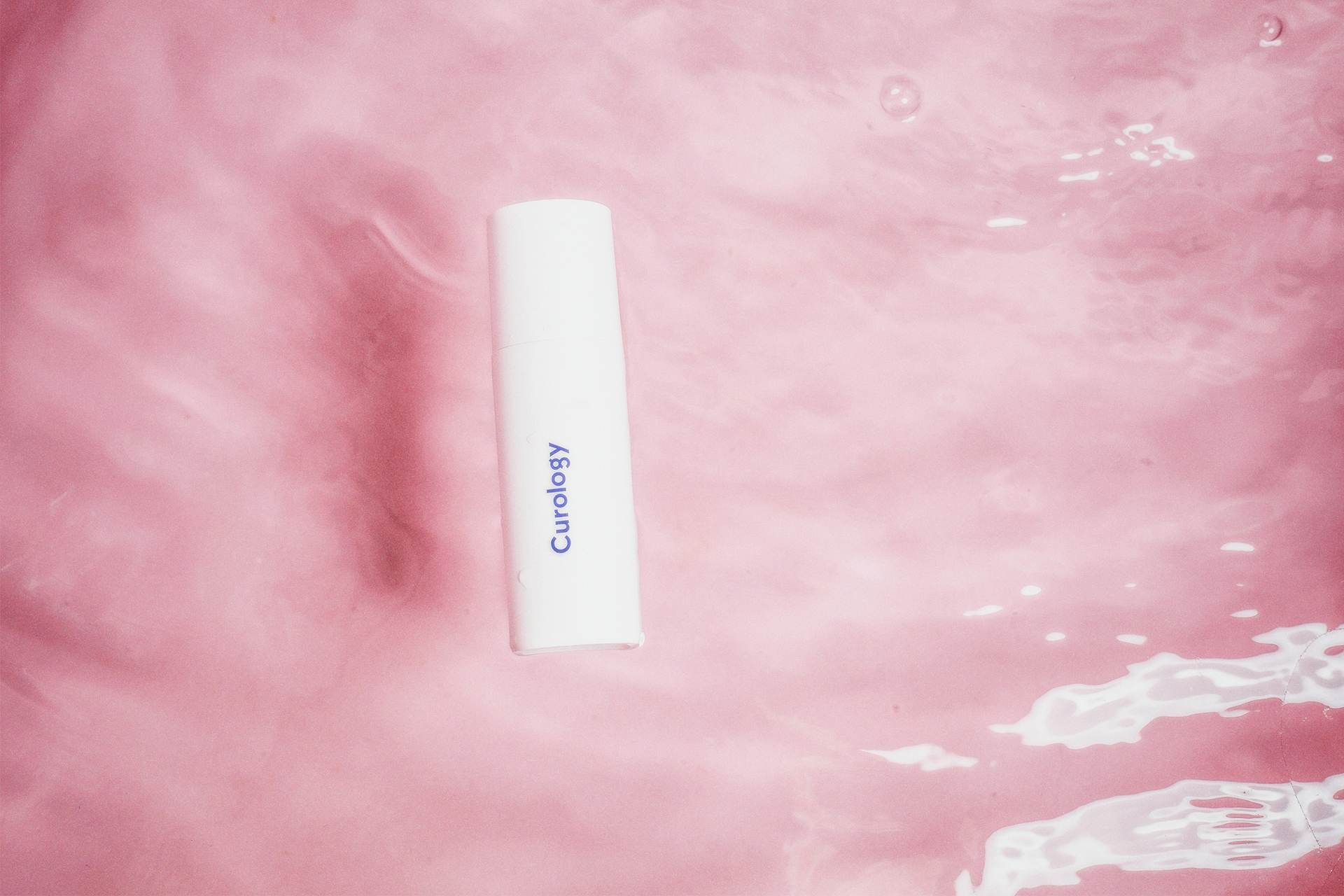Acne is a widespread skin condition that affects individuals of all ages, often causing physical discomfort and emotional distress. While there are numerous treatments available, benzoyl peroxide stands out as a highly effective option for managing mild to moderate acne. This article will explore the benefits, mechanism of action, application process, and potential side effects of benzoyl peroxide, offering a comprehensive guide for those considering this acne treatment.
Understanding Acne
Acne occurs when hair follicles become clogged with oil, dead skin cells, and bacteria, leading to inflammation and the formation of pimples, blackheads, whiteheads, and sometimes cysts or nodules. Factors contributing to acne include hormonal changes, genetics, stress, diet, and certain medications. Effective management of acne often requires a combination of treatments to address these underlying causes.
What is Benzoyl Peroxide?
Benzoyl peroxide is a topical medication commonly used to treat acne. It is available over-the-counter in various forms, including gels, creams, lotions, and cleansers, as well as in prescription strengths. Benzoyl peroxide works by killing acne-causing bacteria, reducing inflammation, and helping to clear clogged pores.
Benefits of Benzoyl Peroxide for Acne
Benzoyl peroxide offers numerous benefits for individuals dealing with acne:
Antibacterial Properties
One of the primary benefits of benzoyl peroxide is its ability to kill Propionibacterium acnes, the bacteria responsible for acne. By reducing the bacterial population on the skin, benzoyl peroxide helps prevent new acne lesions from forming.
Anti-Inflammatory Effects
Benzoyl peroxide reduces inflammation associated with acne, leading to less redness and swelling. This makes it particularly effective for inflammatory acne, such as pustules and cysts.
Exfoliation
Benzoyl peroxide has mild exfoliating properties, helping to remove dead skin cells and keep pores clear. This can prevent the formation of new comedones (blackheads and whiteheads).
Accessibility and Versatility
Benzoyl peroxide is widely available over-the-counter, making it an accessible option for many individuals. It can be used alone or in combination with other acne treatments, such as topical retinoids or antibiotics.
How Benzoyl Peroxide Works
Benzoyl peroxide works through several mechanisms to effectively treat acne:
Killing Bacteria
Benzoyl peroxide penetrates the hair follicles and releases oxygen. The acne-causing bacteria, Propionibacterium acnes, cannot survive in an oxygen-rich environment, leading to their destruction.
Reducing Inflammation
By decreasing the bacterial load, benzoyl peroxide helps reduce the inflammatory response, resulting in less redness and swelling.
Clearing Pores
Benzoyl peroxide helps to break down keratin, the protein that can clog pores. This action prevents the formation of new acne lesions and helps existing ones heal faster.
The Benzoyl Peroxide Application Process
Understanding how to properly use benzoyl peroxide can enhance its effectiveness and minimize potential side effects.
Pre-Treatment Preparation
Before applying benzoyl peroxide, it’s essential to clean the skin thoroughly with a gentle cleanser. Avoid using harsh soaps or scrubs that can irritate the skin.
Application
Benzoyl peroxide can be applied in various forms, including creams, gels, and cleansers. For best results, start with a lower concentration (2.5% to 5%) to minimize irritation. Apply a thin layer of benzoyl peroxide to the affected areas once or twice daily, depending on the product’s instructions and your skin’s tolerance.
Moisturizing
After applying benzoyl peroxide, use a non-comedogenic moisturizer to prevent dryness and irritation. Benzoyl peroxide can be drying, so keeping the skin hydrated is crucial.
Sun Protection
Benzoyl peroxide can increase the skin’s sensitivity to the sun. It’s essential to use a broad-spectrum sunscreen with an SPF of 30 or higher and avoid prolonged sun exposure.
Potential Side Effects and How to Manage Them
While benzoyl peroxide is generally safe, it can cause some side effects, especially when first used. These may include:
Dryness and Peeling
Benzoyl peroxide can cause dryness and peeling, particularly in the initial stages of treatment. To manage this, start with a lower concentration and gradually increase it as your skin adjusts. Use a gentle moisturizer regularly to keep the skin hydrated.
Redness and Irritation
Some individuals may experience redness and irritation. If this occurs, reduce the frequency of application or switch to a lower concentration. If severe irritation persists, discontinue use and consult a dermatologist.
Bleaching
Benzoyl peroxide can bleach hair, clothing, and bedding. To avoid this, allow the product to fully absorb into the skin before coming into contact with fabrics.
Combining Benzoyl Peroxide with Other Treatments
Benzoyl peroxide can be used effectively in combination with other acne treatments to enhance results. Some common combinations include:
Topical Retinoids
Combining benzoyl peroxide with topical retinoids can enhance exfoliation and prevent clogged pores. Apply benzoyl peroxide in the morning and retinoids at night to minimize irritation.
Topical Antibiotics
Using benzoyl peroxide with topical antibiotics, such as clindamycin, can help reduce bacterial resistance and enhance antibacterial effects. These products can often be found in combination formulations.
Oral Medications
For severe acne, benzoyl peroxide can be used alongside oral medications like antibiotics or hormonal treatments. This combined approach can provide more comprehensive acne management.
Conclusion
Benzoyl peroxide is a highly effective and accessible solution for individuals dealing with mild to moderate acne. Its antibacterial, anti-inflammatory, and exfoliating properties make it a versatile and powerful tool in the fight against acne. Understanding the benefits, mechanism of action, application process, and potential side effects can help individuals make informed decisions and optimize their acne treatment regimen. Consulting with a dermatologist can provide personalized advice and ensure the best results. Whether used alone or in combination with other treatments, benzoyl peroxide can significantly improve skin clarity and boost confidence.


